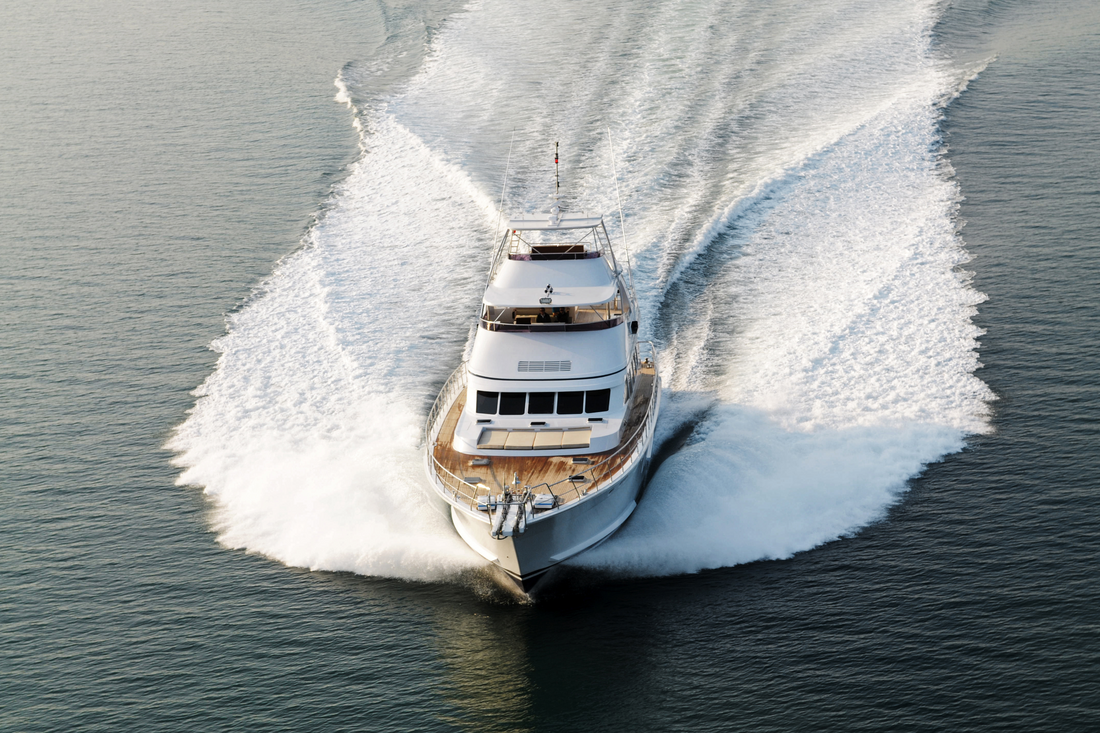Since the beginnings of civilisation, the invention of fire has been both a blessing and a curse. The benefits are obvious. The dangers also. Fire in a building is bad enough, which is why we have smoke alarms in our homes. But fire onboard a plane or vessel at sea is a potential catastrophe.
As in most instances, most deaths in a fire occur from smoke inhalation. On a yacht, this danger is enhanced. Partly because of the very many toxic substances released when fibreglass and insulated cables burn, but also because of the relatively confined spaces within a yacht. Also, once a fire takes, a fibreglass yacht can burn to the waterline in just minutes!
In virtually every distress situation, abandonment of the yacht should be a last resort. However, fire is not one of them. In the case of fire, here is a checklist of actions that should be undertaken;
- Sound the alarm!
- Muster crew (with their sailing kit) to deck whilst also allocating crew to extinguish the flames using all suitable fire suppressant tools on board. This would depend on the source of the fire*.
- Isolate fuel and engine battery. Remember you will need your domestic battery to send a VHF mayday.
- Send Mayday and take grab bags, EPIRB's, flares and VHF to the deck.
- Isolate gas bottles at deck and (if possible) remove bottles from the yacht.
- Launch liferaft upwind of the fire.
Of course, if you can quickly extinguish the fire, you should do so, but remember that inhalation of the fumes from such a fire is lethal. And time is of the essence. Therefore, most critical actions should, therefore, happen before a fire even starts.
A prudent skipper will brief his crew on the procedures to be implemented in the event of various emergencies, including fire, when they join the vessel. Fire exits and the muster station should be pointed out and so should the location of fire extinguishers, the fire blanket, the VHF & mayday card, fuel cut-off, gas isolation valve and the location and content of grab bags.
Allocating specific roles (such as taking grab bags to the deck, etc) can even be allocated ahead of time to speed up a safe evacuation. And remember, once off the yacht, you need to survive in the liferaft! So make sure people have enough clothing to stay dry and warm and enough water and means of communication to give yourselves a fighting chance!

